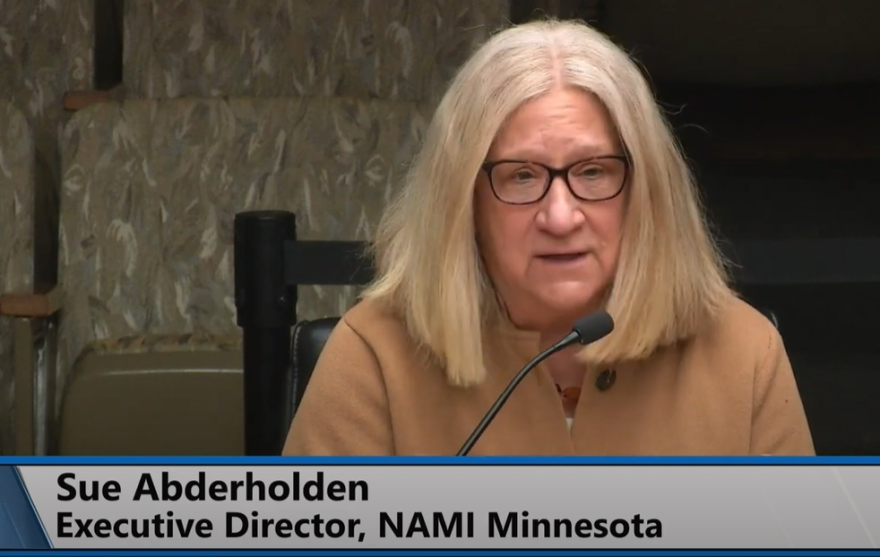A bill under consideration in the Minnesota House seeks to encourage more mental health providers to work in rural communities.
The House Human Services Committee heard testimony on the bill March 18, including from Sue Abderholden, executive director of the Minnesota branch of the National Alliance on Mental Illness.
"It is a huge crisis," she said. "We know that people are waiting months to be able to access therapy appointments, psychiatry appointments. We know that sometimes we have to take beds offline in children's residential facilities, adults IRTS [Intensive Residential Treatment Services] facilities and even hospitals, because there isn't the staffing."

The bill would establish the Mental Health and Substance Use Disorder Education Center and a training program for youth care professionals. The center would be required to identify gaps in the industry and to create a career exposure program for high school and college students.
It would also expand loan forgiveness programs and help newly graduated professionals pay for their required supervision hours. To be eligible for these grants, however, they must choose to serve in a rural part of the state.
The bill was held over for possible inclusion in a larger policy bill.
A new report shows the state’s highest suicide rates were in the northeast and northwest parts of the state between 2018 and 2021. MinnPost reported the Minnesota-based Center for Rural Policy and Development released the data in February.
While suicide rates in the state have steadily increased for the past 20 years, rates in the most rural counties are spiking higher and trending up faster than the more densely populated counties.
The center reported there are various underlying reasons for this trend in rural areas, including a lack of access to mental health care, financial barriers, more jobs that involve physical labor, privacy concerns about seeking help and access to firearms.
The shortage of mental health professionals in Greater Minnesota is a longstanding problem. A 2023 report from the center found more densely populated counties averaged one professional for about every 200 residents. But in more sparsely populated counties, that ratio balloons to one per 740 residents.
If you or someone you know is in crisis, call 988 to reach the national suicide and crisis lifeline.






